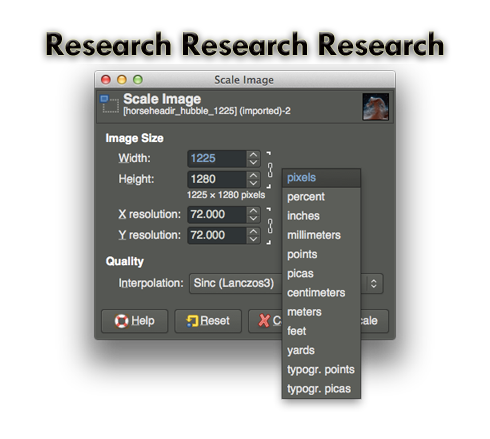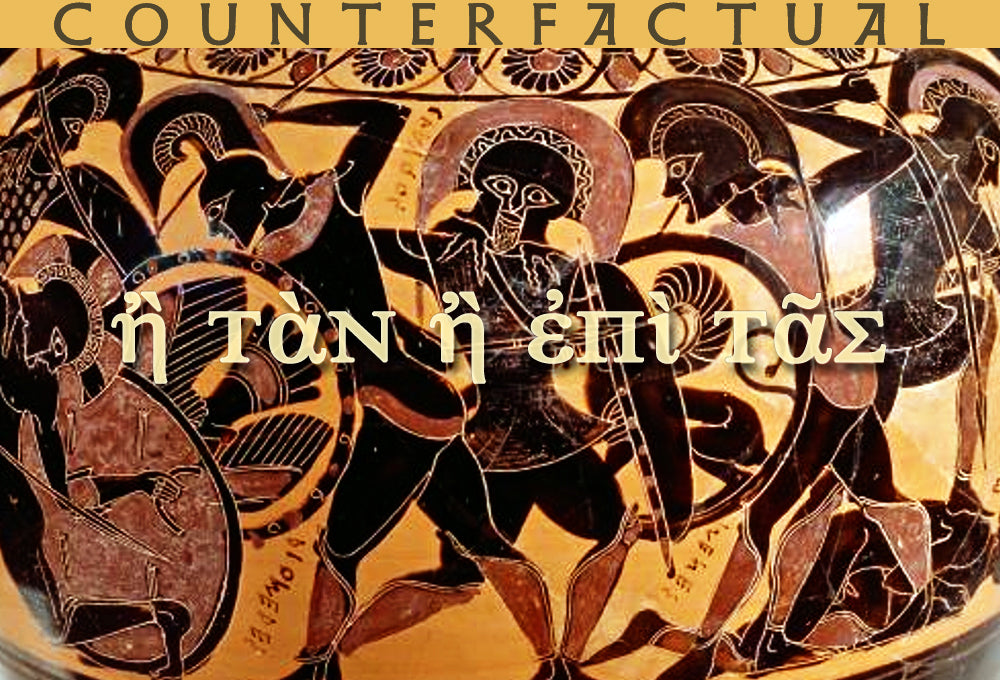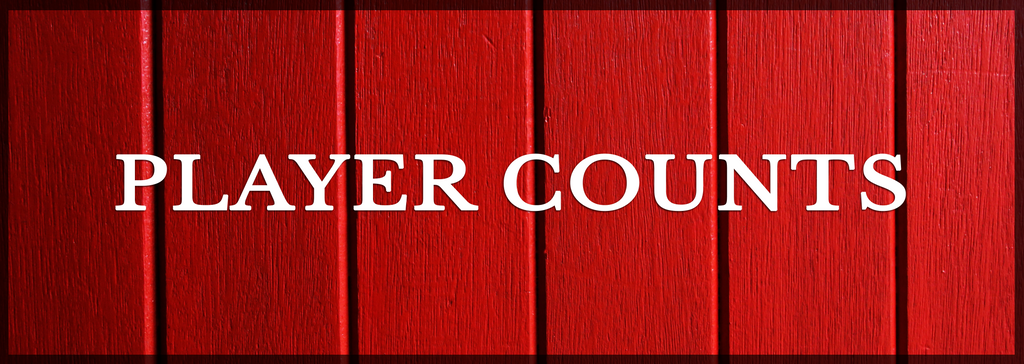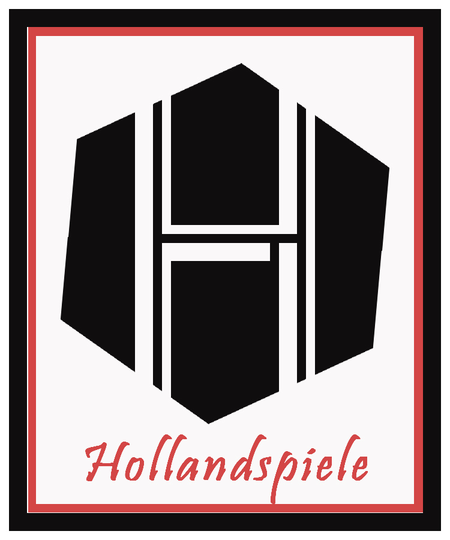Hollandazed: Thoughts, Ideas, and Miscellany
FROM THE ARCHIVES: RESEARCH AND SCALE (by Tom Russell)

As any designer or publisher will tell you, game design is a lot of "playtest, playtest, playtest". But when designing wargames especially, it's also a lot of "research, research, research". If designing a wargame is about modeling the historical factors that influenced the course of a battle, campaign, or conflict, then determining those factors is a crucial part of the process. Not to mention, of course, finding the right map and coming up with a reasonably accurate order of battle. When I first started designing wargames, I had a paralyzing fear of getting something wrong. Someone who really knew their...
COUNTERFACTUAL: WITH IT OR ON IT (by Tom Russell)

I usually handle the counter layout for our games - I can count the exceptions on one hand - but, NATO symbols aside, it's usually someone else doing the hard stuff, drawing the soldier or the horsey or the cannons. Each of those illustrations naturally increases the art budget and pushes our break-even point further down the line. One of the appeals of doing a series like Shields & Swords II is that we could pay for unit illustrations one time and then reuse them in subsequent volumes. In fact, even though the first release, The Grunwald Swords, only used...
FROM THE ARCHIVES: UNCERTAIN TROOP QUALITY IN GREAT HEATHEN ARMY (by Tom Russell)

Our standard 5/8" countersheet has room for 176 little squares, and when I'm cobbling together my counter manifest for a game, I generally contrive to get as near to that number as I can without going over (unless the game is going to use a half-sheet, in which case the magic number is 88). Such was the case when I was putting together Battles on the Ice, the third game in our Shields & Swords II series. I began with a rough idea of the types of units each side would have, in what proportion, and the total number of...
A WAY IN (by Tom Russell)

I don't begin serious work on a game until I have a clear picture in my mind of what I want it to be. Then I keep working on it until it resembles that picture; that's how I know it's done. This means however that there is often a lengthy period between concluding primary research and beginning to actually put the thing together while I wait for my brain to make connections and bring the thing into focus. Sometimes it's weeks, sometimes months, sometimes years. Sometimes it's a slow, gradual, and subtle process, this idea here tying into that one...
PLAYER COUNTS (by Tom Russell)

Late last year we released my weird train game The Soo Line. There are lots of things that are weird about it, but one of the weirdest and most notable is that the game only has three railroads for players to buy shares in. Only the majority shareholder makes decisions for each railroad, which means that when playing with four or five players, some players are playing what is purely an investment game. This is weird and this is counterintuitive and goes against what is probably sound and settled game design law, but one of the joys of course of...
